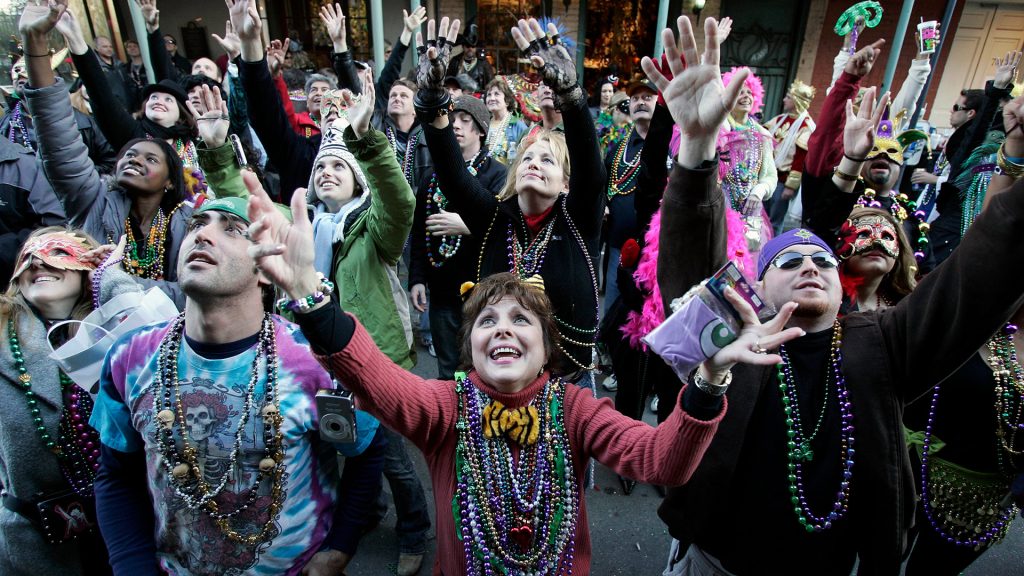Severe weather threatens Mardi Gras celebrations in New Orleans
Ella Greene March 5, 2025 0
- The National Weather Service of New Orleans issued an early warning Tuesday morning as severe thunderstorms, damaging winds and potential tornadoes threaten to disrupt Mardi Gras celebrations. Local media is reporting that several parades have either been canceled or moved up earlier in the day.
- This isn’t the first time severe weather events have disrupted Mardi Gras.
- Nevertheless, rain has only fallen on about 31% of Mardi Gras days, and the festival usually takes place –– rain or shine.
Full Story
Mardi Gras is all about big parades, bold colors and even bigger celebrations. But this year, severe weather is taking center stage.
The National Weather Service of New Orleans issued an early warning Tuesday morning, March 4. Forecasters warned of severe thunderstorms, damaging winds, potential tornadoes, and small hail in the area.
Tornado threat looms over Mardi Gras
According to NBC News, some tornadoes could reach EF-2 strength, with winds between 111 and 135 miles per hour. That level of intensity poses a major risk to residents and the millions of visitors in the city.
By Tuesday evening, the National Weather Service reported possible tornado damage near Gramercy, a town about 40 miles west of New Orleans. Officials closely monitored conditions as parade organizers made last-minute adjustments.
Parades canceled, routes shortened
Local media reported that several parades were canceled or moved up earlier in the day to avoid the worst of the storms. Even the city’s two biggest parades had to shorten their routes and march without their iconic marching bands.
Marching bands are a staple of Mardi Gras, making the change a significant loss for revelers. Despite disruptions, the city pressed on with modified celebrations.
Mardi Gras has seen extreme weather before
Mardi Gras may be unpredictable, but it’s not the first time the holiday has faced extreme weather.
- Warmest Mardi Gras: 1917, when temperatures soared to 83 degrees.
- Coldest Mardi Gras: 1899, with a frigid 22-degree low and three inches of snow and ice.
- Wettest Mardi Gras: 1927, when the city received over 2 inches of rain.
The National Weather Service reports rain has only fallen on about 31% of Mardi Gras days, meaning the festival usually goes on — rain or shine.
Related Stories
The post Severe weather threatens Mardi Gras celebrations in New Orleans appeared first on Straight Arrow News.
Ella Rae Greene, Editor In Chief
Ella Greene
Ella and the staff at Clear Media Project (CMP) curate these articles.
Unless otherwise noted CMP does not write these articles.
The views, thoughts, and opinions expressed in the articles published on this blog belong solely to the original authors and do not necessarily reflect the views of the blog owner. The blog owner does not claim ownership of the content shared by contributors and is not responsible for any inaccuracies, errors, or omissions.
All rights and credits goes to its rightful owners. No Copyright Infringement is intended. If you believe any content infringes on your rights, please contact us for review and potential removal.





